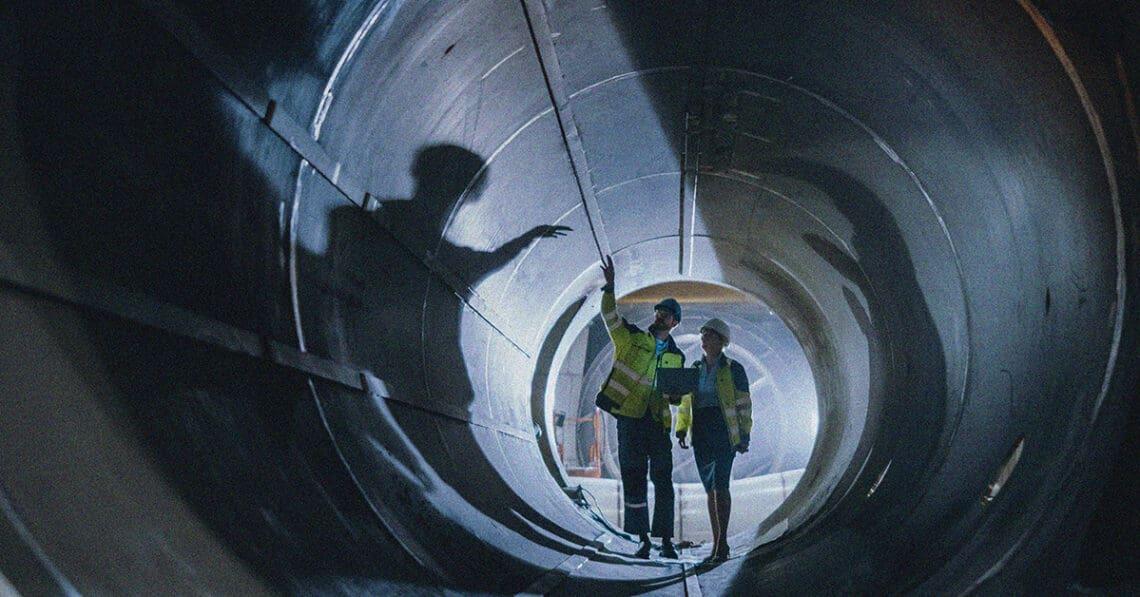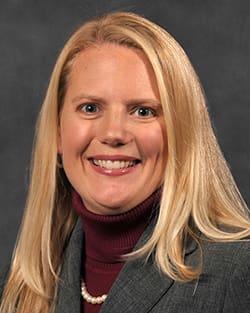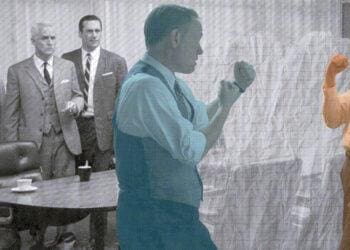OSHA’s final “walkaround” rule will go into effect in May, allowing any third party to accompany an inspector as an employee representative during an inspection under certain conditions. Louis Cannon and Ashley Strittmatter of Baker Donelson break down the union-backed changes and encourage employers to be wary of union efforts to exploit the changes.
The Occupational Safety and Health Administration’s final “walkaround” rule, which goes into effect May 31, is an expansion of the “representatives of employers and employees regulation,” which now specifically allows any third party to be an employee representative and to accompany an inspector during the walkaround inspection of a facility or worksite so long as the inspector determines that the individual is “reasonably necessary to the conduct of an effective and thorough physical inspection of the workplace (including but not limited to because of their relevant knowledge, skills, or experience with hazards or conditions in the workplace or similar workplaces, or language or communication skills).” The prior version of the regulation limited the “employee representative” to employees of the employer being inspected, with only a limited exception for certain third parties with special skills, such as industrial hygienists or safety engineers.
The final revision makes it clear that the prior examples of an industrial hygienist or safety engineer are not the only third-party representative options. Rather, the question is left to the OSHA inspector’s assessment of whether the representative’s knowledge, skills or experience qualifies them for inclusion as a representative. Employers have seen a marked and steady increase in union organizing among their employees, and at the same time, unions have worked to devise new ways to get an organizing foothold among employees in a variety of businesses. Employers should be wary of union organizers trying to exploit these changes in order to facilitate their organizing efforts.
Likely in response to public comments, which raised valid concerns, not only to the policy change itself but also related to how this revision to the rule would be practically implemented, OSHA has created an FAQ page for the rule. These FAQs answer many of the questions that perhaps OSHA should have considered including in the language of the rule itself.
FAQs answered
Here are some key takeaways from this FAQ page for employers to consider as this new rule goes into effect on May 31:
- Document the basis that a third-party employee representative is “reasonably necessary.” Ask the inspector what “positive contribution” this person will make to their inspection. Third-party representatives are “reasonably necessary” only when they “will make a positive contribution to a thorough and effective inspection.”
- Remember that employees can request an authorized representative during any portion of the inspection. Inspectors will likely ask employees during the walkaround and/or during the private interviews whether they have an authorized representative.
- Consider developing a visitor policy that may include such items as, the signing of a confidentiality agreement, the prohibition from certain areas of the facility, required personal protective equipment, any required safety orientations, cell phone usage in the facility, etc. Employers generally have the right to place confidentiality requirements and other limitations on any visitors to their workplace. They can place the same limitations — so long as it will not interfere with the inspection — on a third-party employee representative under this rule.
- Confirm that the inspector has advised or advises any third-party employee representative that matters unrelated to the inspection shall not be discussed with employees during the inspection. (See OSHA’s FOM, CPL 02-00-164, Chapter 3.)
- Ensure that the conduct of OSHA’s inspection is not creating an unreasonable disruption of the operations of your workplace.
- Verify that the employee representative has been authorized by more than one employee. No set number of employees is required to authorize an employee walkaround representative. However, the plain language of the regulation dictates that in a workplace with more than one employee, more than one employee would be needed to authorize the walkaround representative.
- Watch for activity by the third-party representative that is not in aid of the inspection. Any activity not directly related to the conduct of “an effective and thorough physical inspection of the workplace is also deemed to interfere with a fair and orderly inspection.”
- OSHA has provided a non-exhaustive list of examples of activities that may be deemed to interfere with OSHA’s inspection:
- Preventing the certified safety and health official (CSHO) from taking essential photographs, video recordings or surface or air monitoring.
- Preventing the CSHO from interviewing employees in private.
- Resisting or interfering with employee or employer representative involvement in the inspection.
- Failing to stay with the CSHO during the walkaround, such as wandering away from the inspection or going into unauthorized areas.
- Taking unauthorized photographs or videos.
- Solicitation, such as handing out union authorization cards.
- Distributing or handing out any material without the CSHO’s review and consent.
- Failing to comply with the ground rules of the inspection.
- Object to the presence of a third-party employee representative when appropriate. Employers and employees can both object to the presence of the other side’s authorized representative. The OSHA inspector will evaluate any objections at their discretion and consistent with OSHA’s FOM, CPL-02-00-164, Chapter 3.
- Ensure the third-party employee representative is only participating in the opening conference, the walkaround inspection and the closing conference unless an employee requests the presence of the representative in their private interview.
- Determine if you want to have your attorney or a safety/health specialist attend the inspection. OSHA will afford both employer and employee representatives, including third-party representatives, a reasonable amount of time to travel to the inspection site, unless an inspection cannot be delayed. In general, the FOM provides that the inspection should not be delayed more than an hour.
Déjà Vu All Over Again: NLRB Returns to a Restrictive Employee Handbook Standard
With their early August ruling in a case involving Stericycle and a Teamsters union local, members of the National Labor Relations Board (NLRB) have once again redefined what constitutes acceptable workplace rules.
Read moreWhat you need to know
In general, under 20 CFR 1903.8(a), OSHA limits the employer and the employee representatives to one each. However, the inspector can allow more than one in their discretion if they meet the requirements of the rule to be “reasonably necessary” to the inspection.
This rule certainly increases the risk that a union organizer, after speaking to an employee or small group of employees, will put the employee(s) up to filing an OSHA complaint and designating the union organizer as the employee representative for purposes of the inspection. That could grant some level of legitimacy to claims the union might make that the union will improve the workplace. At the same time, a recent https://www.corporatecomplianceinsights.com/tag/nlrb/ has made it much easier for a union to organize employees based upon “authorization cards” alone, regardless of the results of an NLRB election. It is absolutely essential that employers be proactive not only to ensure that their workplace is safe and compliant with OSHA regulations but that their employees are satisfied and engaged and that supervisors are fully trained in the “rules of the road” imposed by federal labor law when it comes to union organizing.




 A shareholder in Baker Donelson’s Baltimore office, Louis J. Cannon Jr. focuses his practice on labor and employment matters and is located in the firm’s Baltimore office.
A shareholder in Baker Donelson’s Baltimore office, Louis J. Cannon Jr. focuses his practice on labor and employment matters and is located in the firm’s Baltimore office. 








